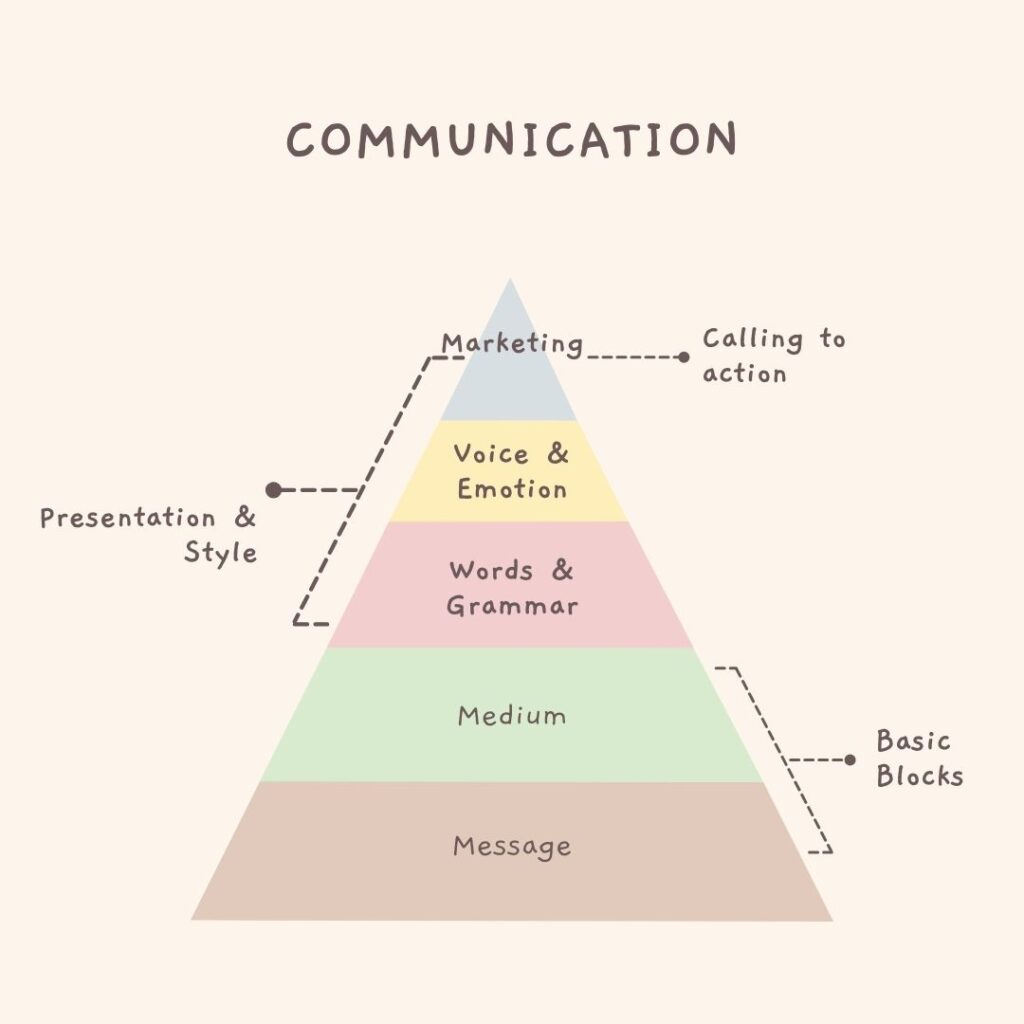I’ve been a consultant (I’m also counting my time as an in-house consultant) for more than 15 years. I’ve been providing my skills in simplifying tech for end-users and business stakeholders and learning many important skills along the way.
Here are the things that I wish someone has taught me a loooong time ago. Let’s start with the most important one. Communication.
Entering the world of consulting, it’s crucial to recognize that a significant part of your role revolves around communication. Whether it’s engaging with your boss, collaborating with colleagues, presenting to clients, liaising with vendors, or conducting interviews, effective communication is at the heart of it all.
So, let’s dive into the essentials of how to leverage communication in our consulting roles. Below, we’ll explore the foundational elements that builds an effective communication, setting the stage for a deeper understanding of this vital skill.

- Message: This is all about figuring out the main point you want to share. It’s like deciding what the heart of your message is—what you really want to say.
- Medium : Once you know what you want to say, the next step is figuring out how to share that message so everyone understands it. This is about choosing the best way to get your point across, making sure it’s clear to your audience. It’s like planning how to tell a story so everyone listens and gets it. This is where you think about how you send the message: Do you do it verbally, written down, in an email, a Teams call, or face to face etc. There’s also a hierarchy to this depending on the message (we’ll get to that soon)
Lesson: The 2 most important communication blocks.
Mastering the first 2 (Message and Medium) will get you ahead of the pack.
I’ve observed numerous new consultants struggle with nailing these two crucial aspects. Understanding the difference between sending an email and opting for a face-to-face meeting for critical project updates seems to be a fading skill in today’s landscape.
- Words and Grammar: Now, think about the words you use and how you put them together. This part is about picking the right words and arranging them well so your message is clear and sounds professional. It’s like choosing the best ingredients for a recipe to make sure it tastes good.
- Voice and Emotion: Here, you consider how your message sounds—not just the words, but the feeling behind them. This can make a big difference in how people react to your message. It’s about how you say something, using your voice tone and emotion to connect with people.
- Marketing: The final step is about making sure your message doesn’t just get heard but also inspires people to act or think differently. This involves thinking about how to present your message so it stands out and convinces people. It’s like making sure your message sticks and moves people to do something.